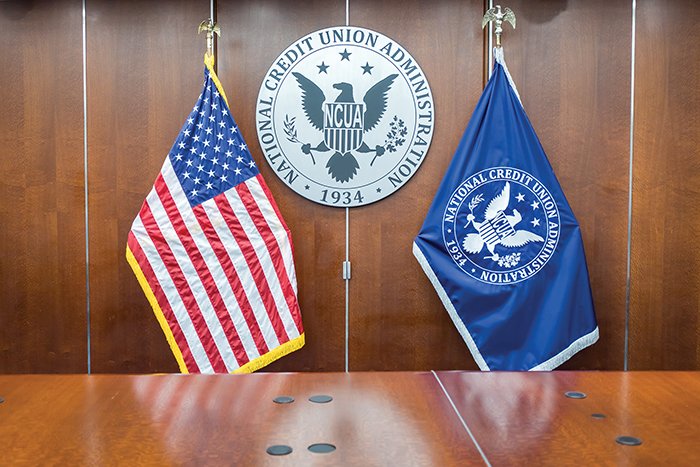NEWPORT NEWS, Va. – For Casey Duplantier, the 43 days he spent in Antarctica was more than an eye-opening experience, it provided a hands-on lesson on what teamwork is really all about. The idea to participate in the mission for Duplantier, president/CEO of 1st Advantage Federal Credit Union, came from a friend of his, a professor at a local university. For at least a decade, his friend, who specializes in studying oceanography and microbiology, has been working on a National Science Foundation-funded project in Antarctica looking at the ecological system of the peninsula there including bacteria, photosynthetic relationships and the krill population. “He's talked to me about it for the past two or three years,” Duplantier said. “He asked would I be interested in coming. With my family situation and job responsibilities, I really thought it was a long shot.” The good news was his wife, the CU's board of directors and staff were “very supportive,” said Duplantier, who's been at the helm at 1st Advantage for 17 years. Preparation for the trip took six months and included taking a number of physical examinations and doing 500 oxygen training sessions to determine how Duplantier's body would respond at different water levels. He, the professor and several of his graduate students, traveled from Virginia to Miami and then on to Punta Arenas, Chile, the southernmost city on Earth. From there, they boarded a vessel that took them through the “rough waters” of the Straits of Magellan. Three days later, they arrived at one of the research stations in Antarctica. “You feel like you're in a different world. The temperature dropped about 10 degrees into the 30s. Because it was the summer, the temperature didn't rise above 40 degrees or drop below 28 degrees,” Duplantier said. Once there, the CU CEO assisted with collecting more than 400 water samples along a 200 to 300-mile grid. While the work was “pretty routine” Duplantier marveled at the beauty of the peninsula, taking more than 1,500 photos. The American research team did an information exchange with British researchers there. While there were no dangerous situations that occurred on this mission, last year, a member of the British team died when a leopard seal dragged her underwater as she studied microbacteria on ice, Duplantier said. The teamwork aspect of it all impressed Duplantier. “It was an interesting group. There were 40 people on the ship. From [the person] sweeping the vessel to the support crew and science crew, everyone was made to feel like part of the team,” he said. “What surprised me is 50% of the crew was between 20 and 30 years old.” Exhausted but excited, Duplantier arrived back in the United States on Feb. 11. Would he do it again? “In a heartbeat,” he said without a hint of pause. – [email protected]
© Touchpoint Markets, All Rights Reserved. Request academic re-use from www.copyright.com. All other uses, submit a request to [email protected]. For more inforrmation visit Asset & Logo Licensing.






